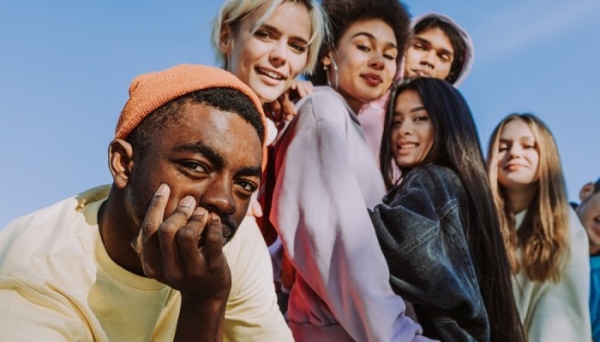
In a new report, the consumer intelligence company lays down in details the main trends in the beauty market. In a context marked by increased caution in consumer spending, NielsenIQ underlines the importance of innovation and effective activation.
NielsenIQ’s new Global Beauty Innovation Report [1] provides a comprehensive view of the state of innovation and future trends in the beauty industry across 14 markets.
The innovation-activation duo
The report underlines the importance of strong innovations to attract new buyers, to create new usage occasions, to justify price premiums, and to keep brands top of mind.
According to the data collected by NielsenIQ, an innovative product can see a significant upside, with an average Year 1 volume increase of 30% compared to their less successful counterparts. In parallel, effective activation leads to a 20% lift in ad-driven sales, especially when creative elements are optimized. NielsenIQ notes that one third of new launches falter due to a lack of sufficient support during their first year.
“This underscores the importance of having both a great product and ensuring that the marketing and promotional efforts are well-executed and resonate with the target audience,” says the market research firm.
A good understanding of major beauty trends is therefore a key element of success for brands.
Trends accelerating innovation
In its report, NielsenIQ highlights seven major trends on which beauty brands can base their innovations:
1. Clean and Sustainable
The trend towards clean and sustainable products is growing in the CPG category, focusing on ethical sourcing, eco-friendly packaging, and reducing carbon footprints.
In South Korea, for instance, clean beauty has become a lifestyle choice with manufacturers focusing on eco-friendly packaging and sustainable production practices.
2. Ingredient Focus
Global consumers are shopping with an ‘ingredients first’ mindset, prioritizing products based on their ingredient lists. Consumers are interested both in which ingredients are included and also in which are not.
In the same vein, UK consumers prioritize results and efficacy over brand names.
3. Trusted Advisor
Celebrities, dermatologists, and influencers are shaping beauty decisions through social media.
In China, the number of Key Opinion Leaders (KOLs) exceeds 20 million and is growing, while 80% of actual sales come from merely 7% of KOLs.
4. Personalization and Inclusivity
Consumers increasingly prefer brands that address individual needs, leading to more tailored experiences like hair and skin quizzes.
Afro-consumption is the hottest personalization and inclusivity topic in Brazil, with women opting out of hair straightening products.
5. Wellness Focused
Consumers are prioritizing their well-being, leading to a demand for products that support physical, mental, and emotional health.
The cosmetics industry in France is leveraging on neuroscience targeting both body and mind. Luxury brands are creating products improving both skin appearance and emotional well-being.
6. Convenience and Accessibility
Direct–to-consumer (DTC) products and at-home beauty treatments surged in popularity during COVID-19. This trend continues to grow as electric cosmetics and muscle stimulation devices have surged in popularity.
7. Luxury for all
This trend in beauty reflects the growing availability of high-quality products at affordable prices. Democratization of luxury is driven by innovative brands offering exceptional products rivaling high-end counterparts.
“Despite increasing caution in consumer spending, consumers are less willing to cut back on their beauty expenditures compared to other FMCG products, with 80% indicating they intend to maintain or increase their spending in this area. The beauty industry’s global popularity continues to rise, with industry sales maintaining a double-digit growth rate across all regions and is expected to bring an increase in scale of $300 billion over the next decade,” comments Claire Marty, Vice President, Global Client Development.




